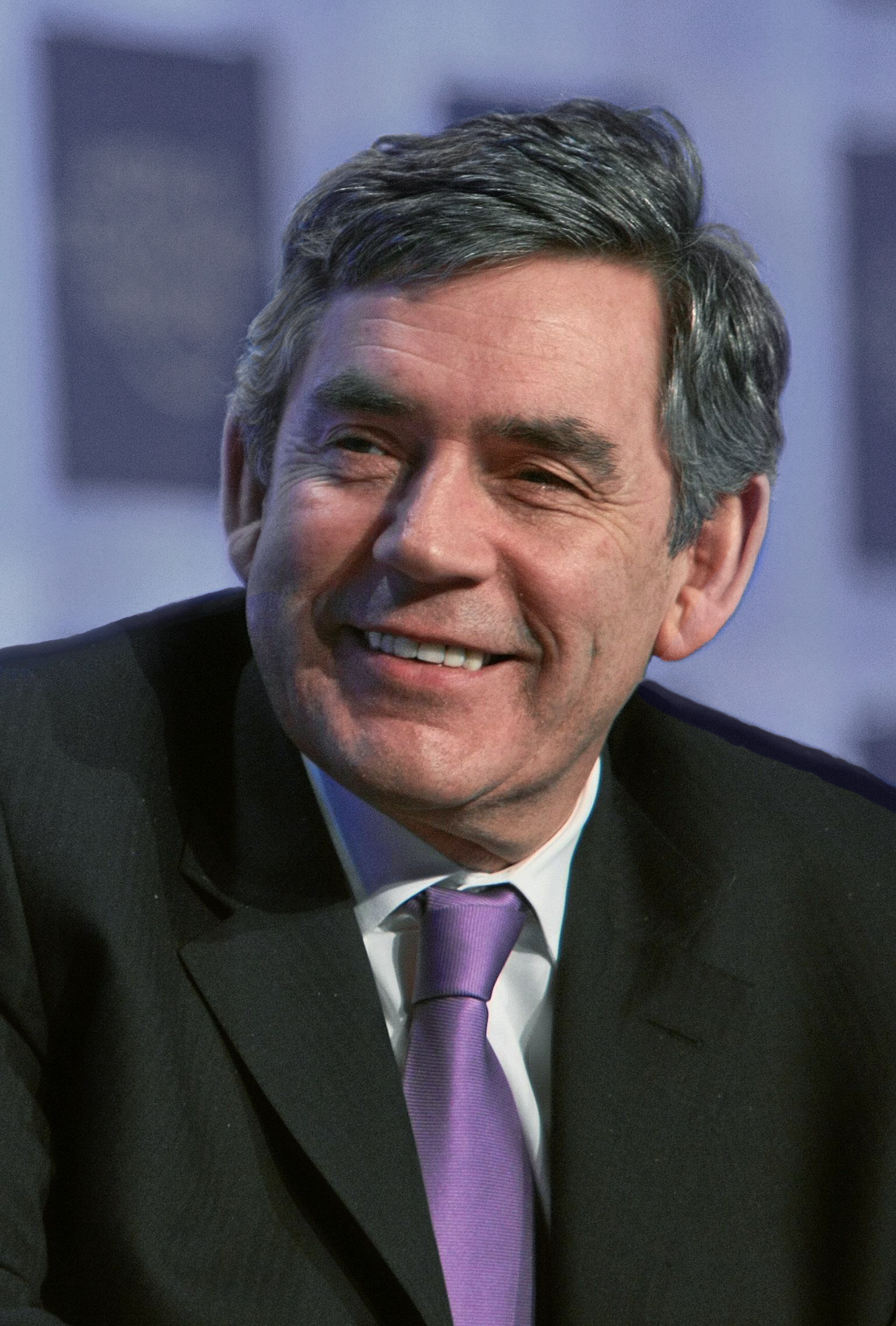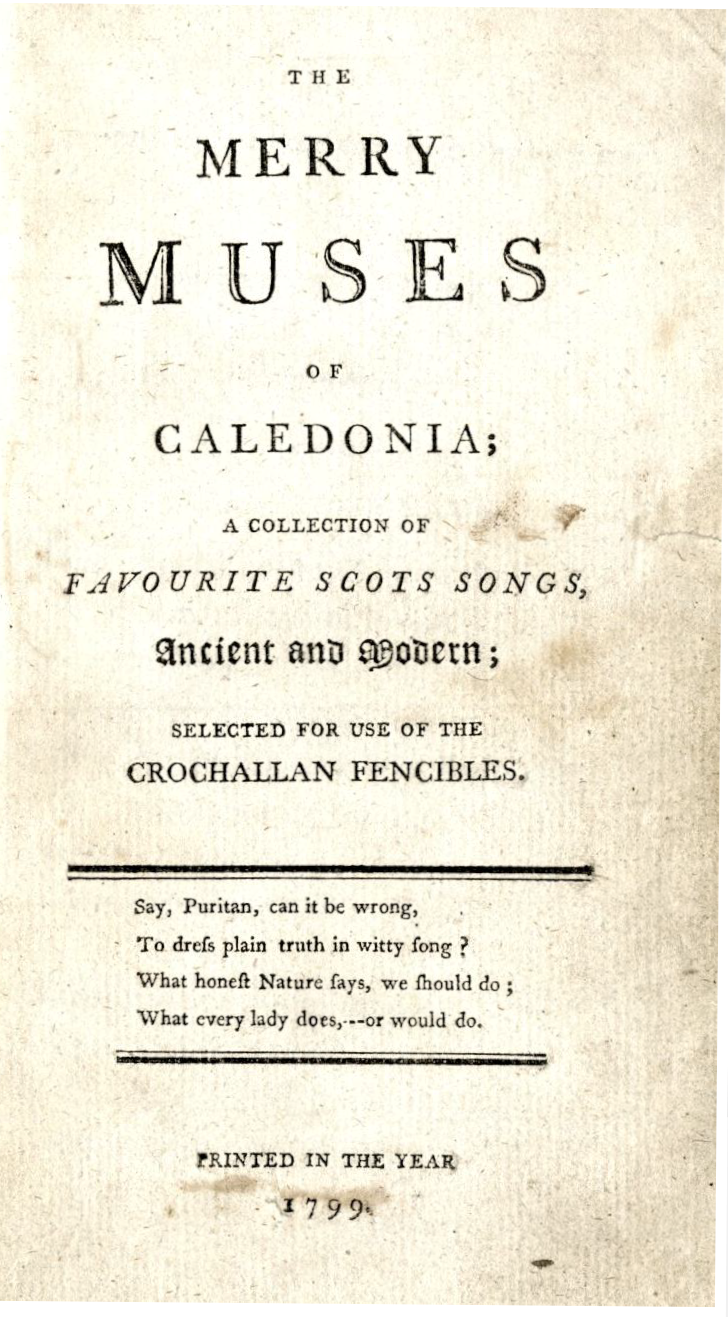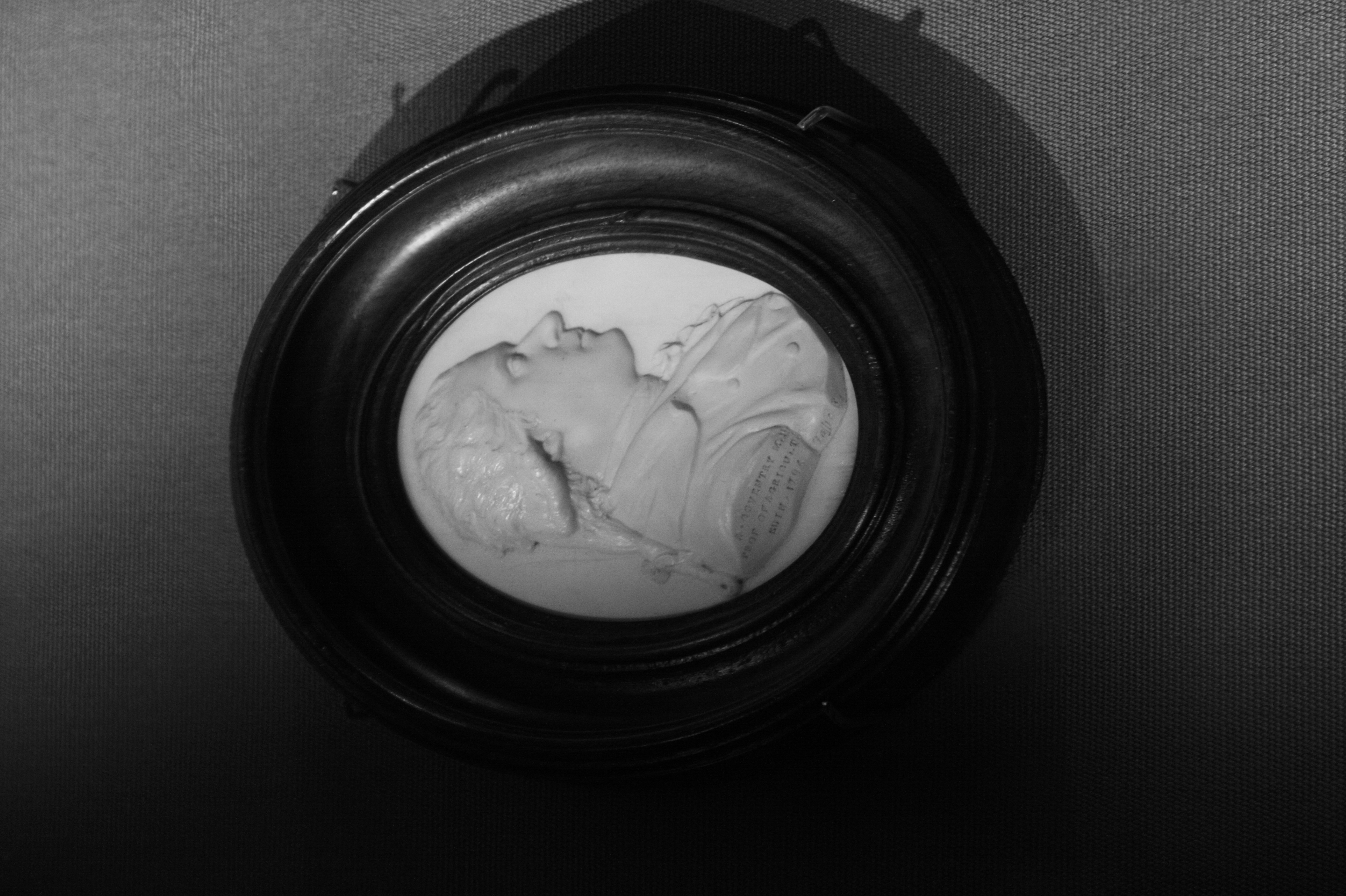|
Alexander Irving, Lord Newton
Alexander Irving, Lord Newton FRSE (1766–1832) was a Scottish judge who served as professor of civil law at Edinburgh University from 1800 to 1826. He was a Senator of the College of Justice. Life He was born on 12 October 1766, the son of George Irving of Newton, by Elvanfoot (South Lanarkshire). The Irvings of Newton were a cadet branch of the Scottish family the Irvines of Drum Castle, Drum. He was educated at Edinburgh High School 1773 to 1777 and then studied law at Edinburgh University. He was created an advocate in 1788 and for many years was Treasurer of the Faculty of Advocates. He became a professor of civil law at Edinburgh University in 1800, initially assisting and later replacing Prof John Wilde, and in the same year took over as manager of the Scots Mining Company, then based at Leadhills. In the final six years of his life he left the university to concentrate on his practical legal skills, becoming a Senator of the College of Justice (a High Court judge). A ... [...More Info...] [...Related Items...] OR: [Wikipedia] [Google] [Baidu] |
Thomas Charles Hope
Thomas Charles Hope (21 July 1766 – 13 June 1844) was a Scottish physician, chemist and lecturer. He proved the existence of the element strontium, and gave his name to Hope's Experiment, which shows that water reaches its maximum density at . In 1815 Hope was elected as president of the Royal College of Physicians of Edinburgh (1815–19), and as vice-president of Royal Society of Edinburgh (1823–33) during the presidencies of Walter Scott and Thomas Makdougall Brisbane. Charles Darwin was one of Hope's students, and Darwin viewed his chemistry lectures as highlights in his otherwise largely dull education at the University. Early life Born in Edinburgh, the third son of Juliana Stevenson and surgeon and botanist John Hope, he lived at High School Yards on the south side of the old town. He was educated next door to his house at the High School, the University of Edinburgh (MD 1787) and the University of Paris. At the university he was a student of Prof Joseph Black. ... [...More Info...] [...Related Items...] OR: [Wikipedia] [Google] [Baidu] |
Alumni Of The University Of Edinburgh
This is a list of notable graduates as well as non-graduate former students, academic ranks in the United Kingdom, academic staff, and university officials of the University of Edinburgh in Scotland. It also includes those who may be considered alumni by extension, having studied at institutions that later merged with the University of Edinburgh. The university is associated with 20 Nobel Prize laureates, three Turing Award winners, an Abel Prize laureate and Fields Medallist, four Pulitzer Prize winners, three List of prime ministers of the United Kingdom by education, Prime Ministers of the United Kingdom, and several Olympic Games, Olympic gold medallists. Government and politics Heads of state and government United Kingdom Cabinet and Party Leaders Scottish Cabinet and Party Leaders Current Members of the House of Commons * Douglas Alexander, MP for Lothian East (UK Parliament constituency), Lothian East * Catherine Atkinson, MP for Derby North (UK Parliament ... [...More Info...] [...Related Items...] OR: [Wikipedia] [Google] [Baidu] |
Fellows Of The Royal Society Of Edinburgh
The Royal Society of Edinburgh (RSE) is Scotland's national academy of science and letters. It is a registered charity that operates on a wholly independent and non-partisan basis and provides public benefit throughout Scotland. It was established in 1783. , there are around 1,800 Fellowship of the Royal Society of Edinburgh, Fellows. The Society covers a broader range of fields than the Royal Society of London, including literature and history. The Fellowship includes people from a wide range of disciplines: science and technology, arts, humanities, medicine, social science, business, and public service. History At the start of the 18th century, Edinburgh's intellectual climate fostered many clubs and societies (see Scottish Enlightenment). Though there were several that treated the arts, sciences and medicine, the most prestigious was the Society for the Improvement of Medical Knowledge, commonly referred to as the Medical Society of Edinburgh, co-founded by the mathematicia ... [...More Info...] [...Related Items...] OR: [Wikipedia] [Google] [Baidu] |
19th-century Scottish Judges
The 19th century began on 1 January 1801 (represented by the Roman numerals MDCCCI), and ended on 31 December 1900 (MCM). It was the 9th century of the 2nd millennium. It was characterized by vast social upheaval. Slavery was Abolitionism, abolished in much of Europe and the Americas. The First Industrial Revolution, though it began in the late 18th century, expanded beyond its British homeland for the first time during the 19th century, particularly remaking the economies and societies of the Low Countries, France, the Rhineland, Northern Italy, and the Northeastern United States. A few decades later, the Second Industrial Revolution led to ever more massive urbanization and much higher levels of productivity, profit, and prosperity, a pattern that continued into the 20th century. The Catholic Church, in response to the growing influence and power of modernism, secularism and materialism, formed the First Vatican Council in the late 19th century to deal with such problems an ... [...More Info...] [...Related Items...] OR: [Wikipedia] [Google] [Baidu] |
1832 Deaths
Events January–March * January 6 – Abolitionist William Lloyd Garrison founds the New-England Anti-Slavery Society. * January 13 – The Christmas Rebellion of slaves is brought to an end in Jamaica, after the island's white planters organize militias and the British Army sends companies of the 84th regiment to enforce martial law. More than 300 of the slave rebels will be publicly hanged for their part in the destruction. * February 6 – The Swan River Colony is renamed Western Australia. * February 9 – The Florida Legislative Council grants a city charter for Jacksonville, Florida. * February 12 ** Ecuador annexes the Galápagos Islands. ** A cholera epidemic in London claims at least 3,000 lives; the contagion spreads to France and North America later this year. * February 28 – Charles Darwin and the crew of arrive at South America for the first time. * March 24 – In Hiram, Ohio, a group of men beat, tar and feather Mormon leader Joseph Smith. Apri ... [...More Info...] [...Related Items...] OR: [Wikipedia] [Google] [Baidu] |
1766 Births
Events January–March * January 1 – Charles Edward Stuart ("Bonnie Prince Charlie") becomes the new Stuart claimant to the throne of Great Britain, as King Charles III, and figurehead for Jacobitism. * January 14 – Christian VII becomes King of Denmark-Norway. * January 20 – Burmese–Siamese War: Outside of the walls of the Thailand capital of Ayutthaya, tens of thousands of invaders from Burma (under the command of General Ne Myo Thihapate and General Maha Nawatra) are confronted by Thai defenders led by General Phya Taksin. The defenders are overwhelmed and the survivors take refuge inside Ayutthaya. The siege continues for 15 months before the Burmese attackers collapse the walls by digging tunnels and setting fire to debris. The city falls on April 9, 1767, and King Ekkathat is killed. * February 5 – An observer in Wilmington, North Carolina reports to the Edinburgh newspaper ''Caledonian Mercury'' that three ships have been seize ... [...More Info...] [...Related Items...] OR: [Wikipedia] [Google] [Baidu] |
Princes Street
Princes Street () is one of the major thoroughfares in central Edinburgh, Scotland and the main shopping street in the capital. It is the southernmost street of Edinburgh's New Town, Edinburgh, New Town, stretching around 1.2 km (three quarters of a mile) from Lothian Road in the west, to Leith Street in the east. The street has few buildings on the south side and looks over Princes Street Gardens allowing panoramic views of the Old Town, Edinburgh, Old Town, Edinburgh Castle, as well as the valley between. Most of the street is limited to Edinburgh Trams, trams, buses and taxis with only the east end open to all traffic. History 18th century The street lies on the line of a medieval country lane known as the Lang Dykes and under the first plan for the New Town was to have been called St Giles Street after the patron saint of Edinburgh. However, when King George III was shown a print or drawing of the proposed New Town by Sir John Pringle, 1st Baronet, Sir John Pringle, ... [...More Info...] [...Related Items...] OR: [Wikipedia] [Google] [Baidu] |
St John's Episcopal Church, Edinburgh
The Church of St John the Evangelist is a Scottish Episcopal church in the centre of Edinburgh, Scotland. It is sited at the west end of Princes Street at its junction with Lothian Road, and is protected as a category A listed building. Background The church was dedicated as St John's Chapel on Maundy Thursday 1818 with construction having begun in 1816. It was designed by the architect William Burn the previous year, at the age of only 25. The congregation had begun in 1792 when Daniel Sandford came to Edinburgh to minister on Church of England lines. In 1797 the Qualified congregation moved to Charlotte Chapel which was re-built on larger lines in 1811. They sold shares to fund a new church, the banker Sir William Forbes being the main figure, and Charlotte Chapel was then sold to the Baptists. Edward Bannerman Ramsay joined St John's as curate in 1827. He succeeded Bishop Sandford as minister in 1830, and stayed until his own death in 1872, having been Dean from 1846. ... [...More Info...] [...Related Items...] OR: [Wikipedia] [Google] [Baidu] |
Crochallan Fencibles
The Crochallan Fencibles was an 18th-century Edinburgh convivial men's club that met in Daniel ("Dawney") Douglas's tavern on Anchor Close, a public house off the High Street (part of the Royal Mile). The 16th century doorway bore the inscription "O Lord In The(e) is All My Traist (trust)". History Its name was made up from two sources: ''Crochallan'' is derived from a song, "Crodh Chailein'" ("Colin's Cattle"), which was a favourite of the then Landlord Daniel Douglas, and ''Fencibles'' was a name for regiments of garrison troops which were raised for the defence of Great Britain (an 18th-century Home Guard). William Smellie (encyclopedist), William Smellie, the editor of the First edition, first edition of the Encyclopædia Britannica, was the founder of the club. He reminisced that: The members of the club use military ranks to designate their positions in the club (as if it were a real fencible regiment), hence William Dunbar (died 1807) was the colonel of the club (rather ... [...More Info...] [...Related Items...] OR: [Wikipedia] [Google] [Baidu] |
William Robertson, Lord Robertson
The Hon William Robertson, Lord Robertson (5 December 1753 – 20 November 1835) was an 18th-century Scottish lawyer who rose to be a Senator of the College of Justice. Life Robertson was born on 5 December 1753 in Edinburgh, the first son of Mary Nisbet and her husband William Robertson. His grandfather at the time of his birth was minister of Greyfriars Kirkyard and the extended family all lived together in Edinburgh. In 1759 his father was appointed Chaplain of Stirling Castle and the family lived there for a short while. In 1762 his father took over the ministry of Greyfriars Kirk and soon after (1762) became Principal of the University of Edinburgh. He was educated at the High School in Edinburgh then from 1765 studied law at the University of Edinburgh. In 1771 he became a member of the Old Revolution Club (a Jacobite sympathising group). He was admitted to the Scottish Bar as an advocate in 1775 and in 1779 became Procurator to the General Assembly of the Church of S ... [...More Info...] [...Related Items...] OR: [Wikipedia] [Google] [Baidu] |
Andrew Coventry
Andrew Coventry FRSE (1762–1830) was a Scottish agriculturist. He was the first Professor of Agriculture in Great Britain. Life Andrew Coventry, born in February 1762, was eldest son of Rev George Coventry, minister of Stitchell in Roxburghshire. Through his mother, Elizabeth Horn, he inherited the estate of Shanwell, near Kinross, and some other landed property in Perthshire. He was educated at the university of Edinburgh, and on 15 December 1782 elected a member of the Medical Society of Edinburgh. In September 1783 he graduated M.D. for a thesis ''De Scarlatina Cynanchica''. It is not clear whether he ever practised as a physician; but he appears to have specialised in the sciences bearing upon agriculture. On 7 July 1790 Sir William Pulteney, 5th Baronet, Sir William Pulteney took the first steps towards endowing a chair of agriculture at Edinburgh, and nominated Coventry as the first professor. Occasional lectures on the subject had earlier been delivered by other profess ... [...More Info...] [...Related Items...] OR: [Wikipedia] [Google] [Baidu] |







